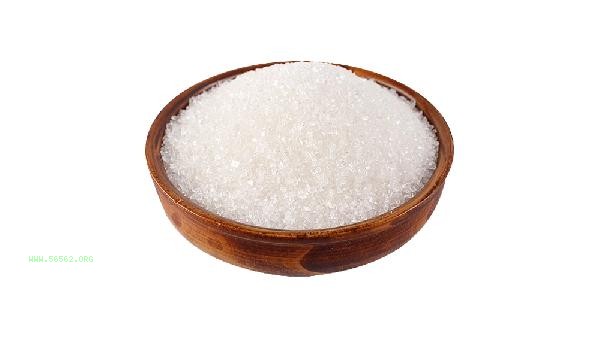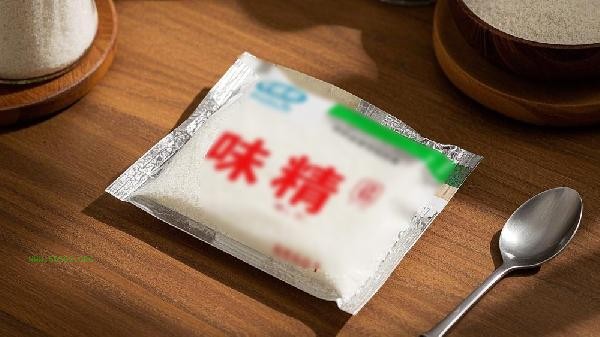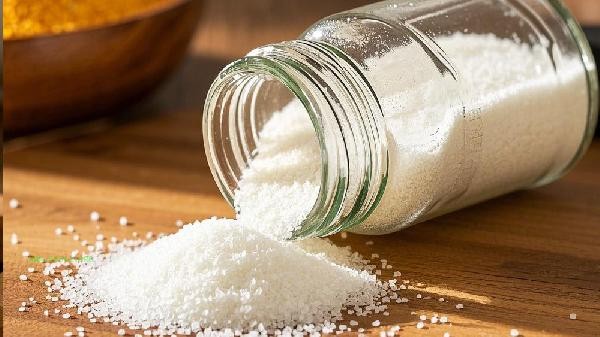MSG can be replaced with natural and flavorful ingredients or seasonings, mainly including yeast extract, kelp powder, shiitake mushroom powder, fish sauce, soy sauce, etc. These alternatives can enhance the freshness of dishes while avoiding the health concerns that may arise from industrial purification of monosodium glutamate.

1. Yeast extract
Yeast extract contains abundant nucleotides and amino acids, and its umami flavor intensity can reach twice that of monosodium glutamate. Its natural fermentation process preserves B vitamins and minerals, making it suitable for adding small amounts when stewing soup or stir frying. Attention should be paid to the high sodium content in some products, and hypertensive individuals should control their dosage.
2. Kelp Powder
Dried kelp powder is rich in glutamic acid and algal polysaccharides, with a fresh and sweet flavor similar to monosodium glutamate. Especially suitable for Japanese cuisine and seafood soup base, it needs to be soaked in advance to release the freshness. Patients with thyroid diseases should consult a doctor before use.
3. Mushroom Powder
Dried mushrooms are ground into powder after low-temperature baking, containing natural umami substances such as guanosine acid. Suitable for vegetarian dishes and braised dishes, it can give food a rich mushroom aroma. People who are allergic to mushrooms should avoid using it.

4. Fish sauce
Fermented fish sauce contains small molecule peptides and amino acids, and the variety of umami substances is more abundant than monosodium glutamate. Commonly used in Southeast Asian cuisine, a small amount can enhance the overall flavor. Due to the production of histamine during the fermentation process, individuals with allergies should use it with caution.
5. Soy Sauce
Traditional brewed soy sauce contains up to 300 flavor compounds, and the freshness comes from amino acids produced by soybean fermentation. Choose pure brewed products without additives, suitable for cold dishes, dipping dishes, and braised dishes. The dosage should be controlled to avoid excessive sodium intake.

In daily cooking, these natural umami ingredients can be combined and used, such as shiitake mushroom powder with a small amount of fish sauce, which can produce a richer and more layered umami flavor. When using substitutes, attention should be paid to the balance of ingredient combinations, avoiding excessive pursuit of freshness and masking the original taste of the food. It is recommended to choose different alternative options based on the characteristics of the dish, such as clear soup suitable for kelp powder, while braised dishes are more suitable for the combination of soy sauce and yeast extract. Special populations such as pregnant women, children, or patients with chronic diseases can consult a nutritionist for advice before use.








Comments (0)
Leave a Comment
No comments yet
Be the first to share your thoughts!